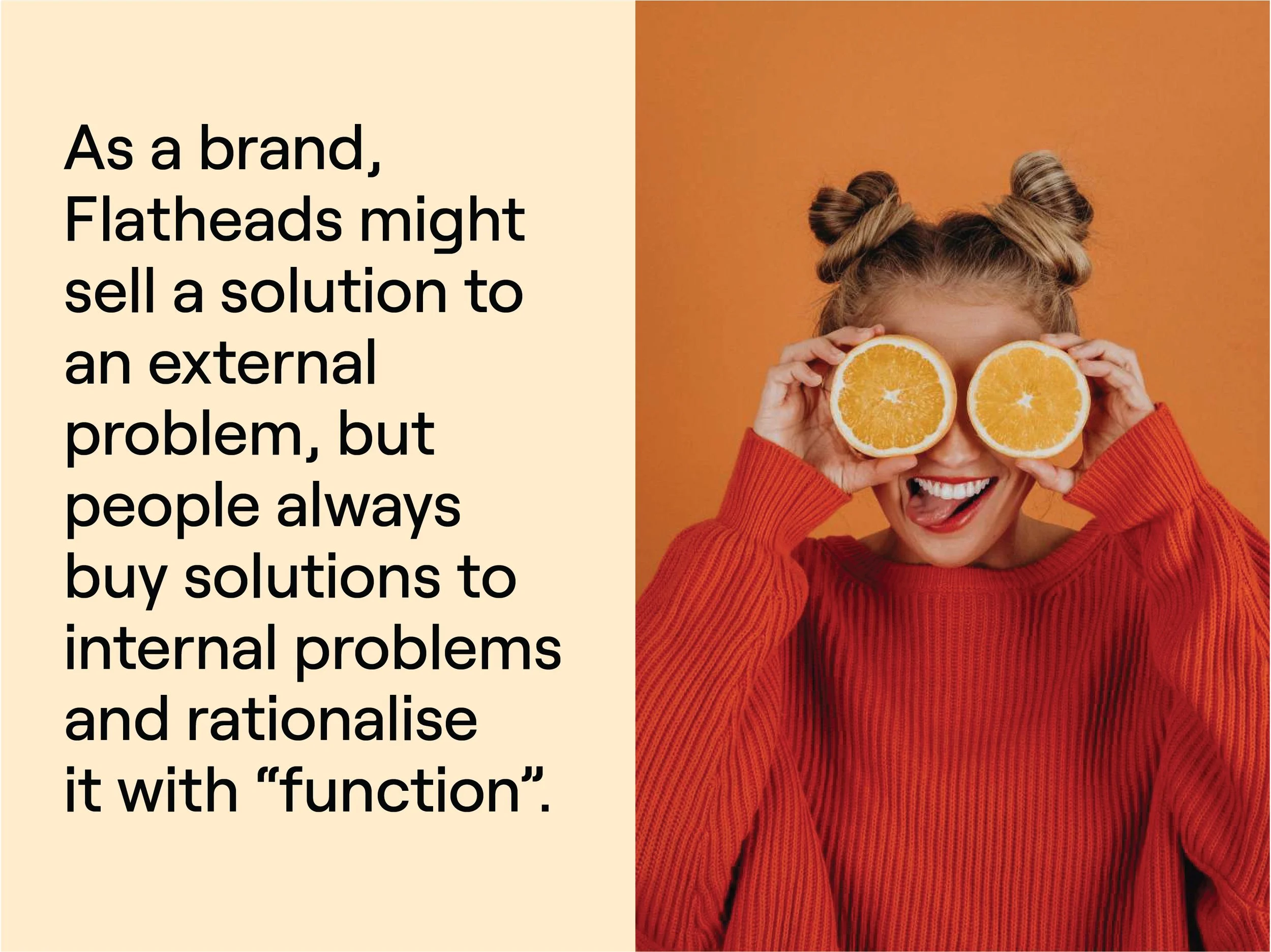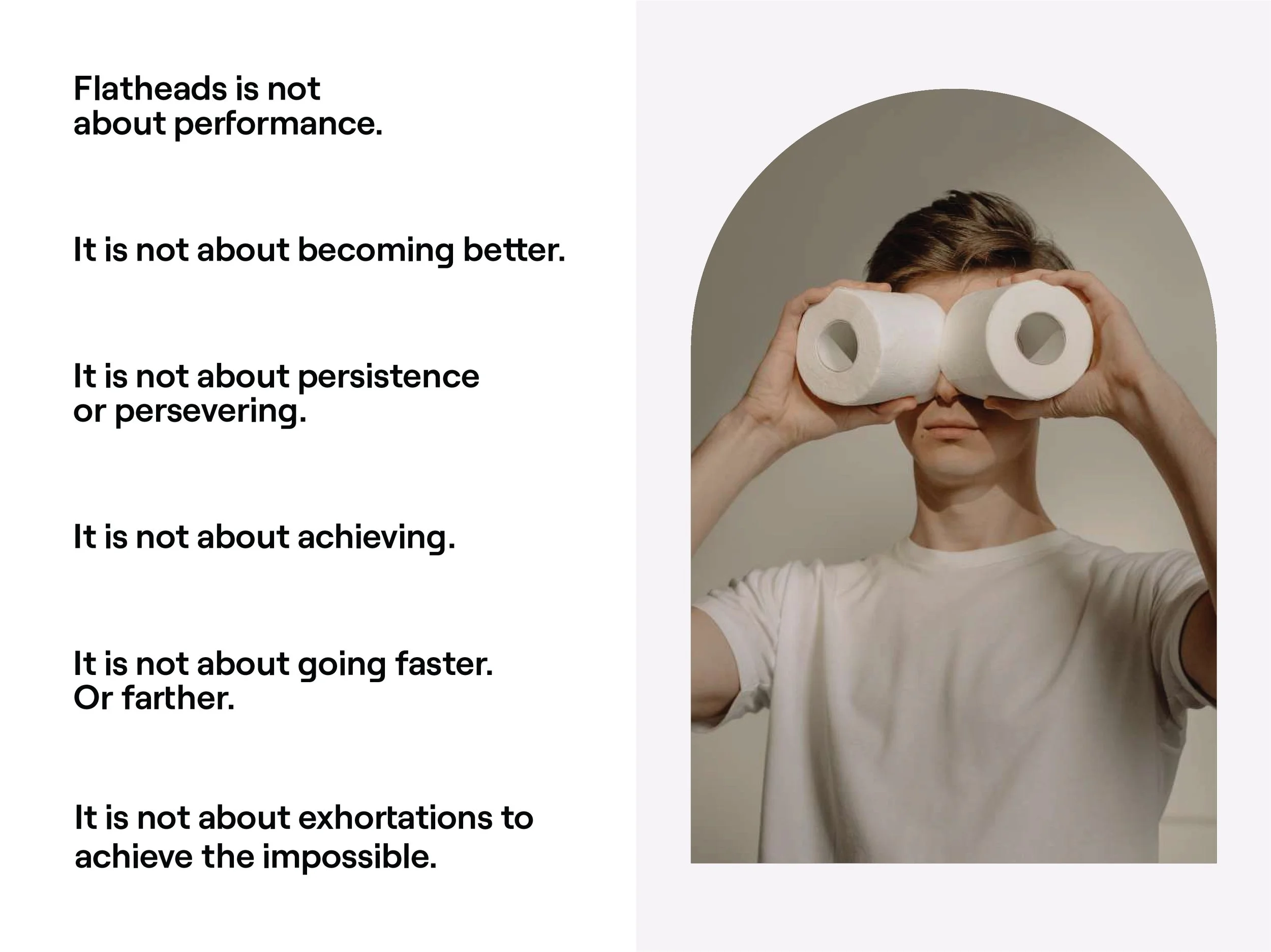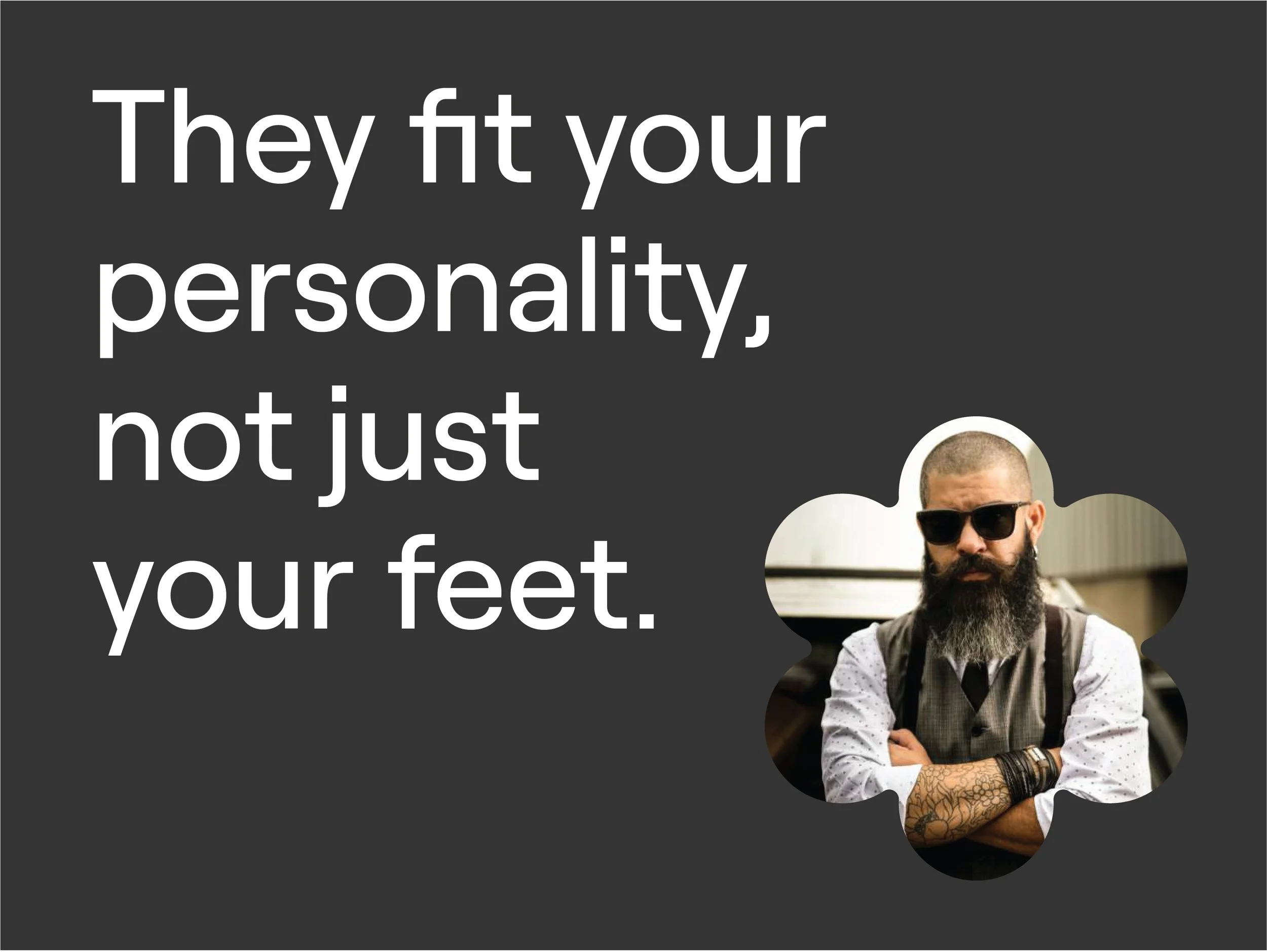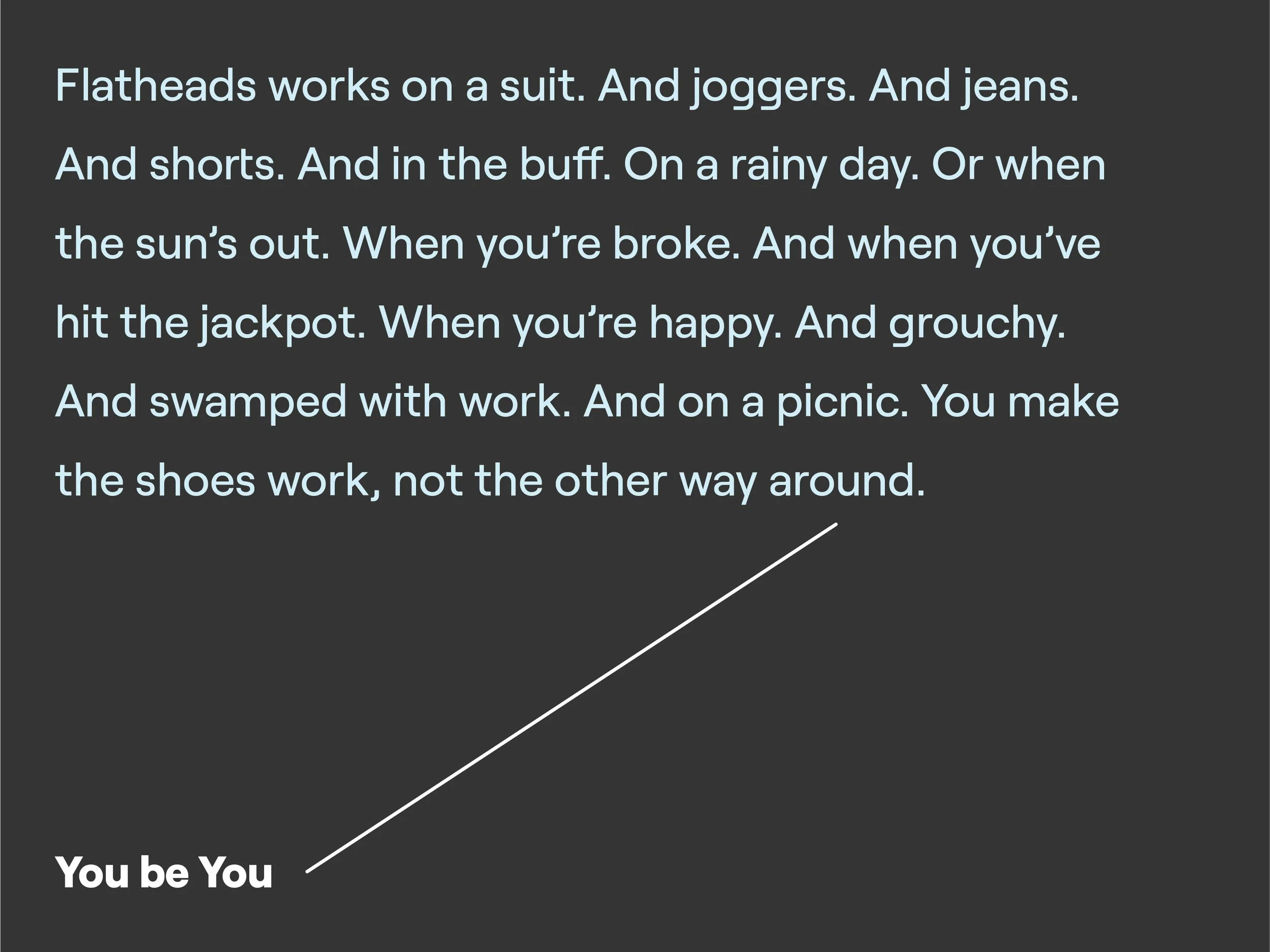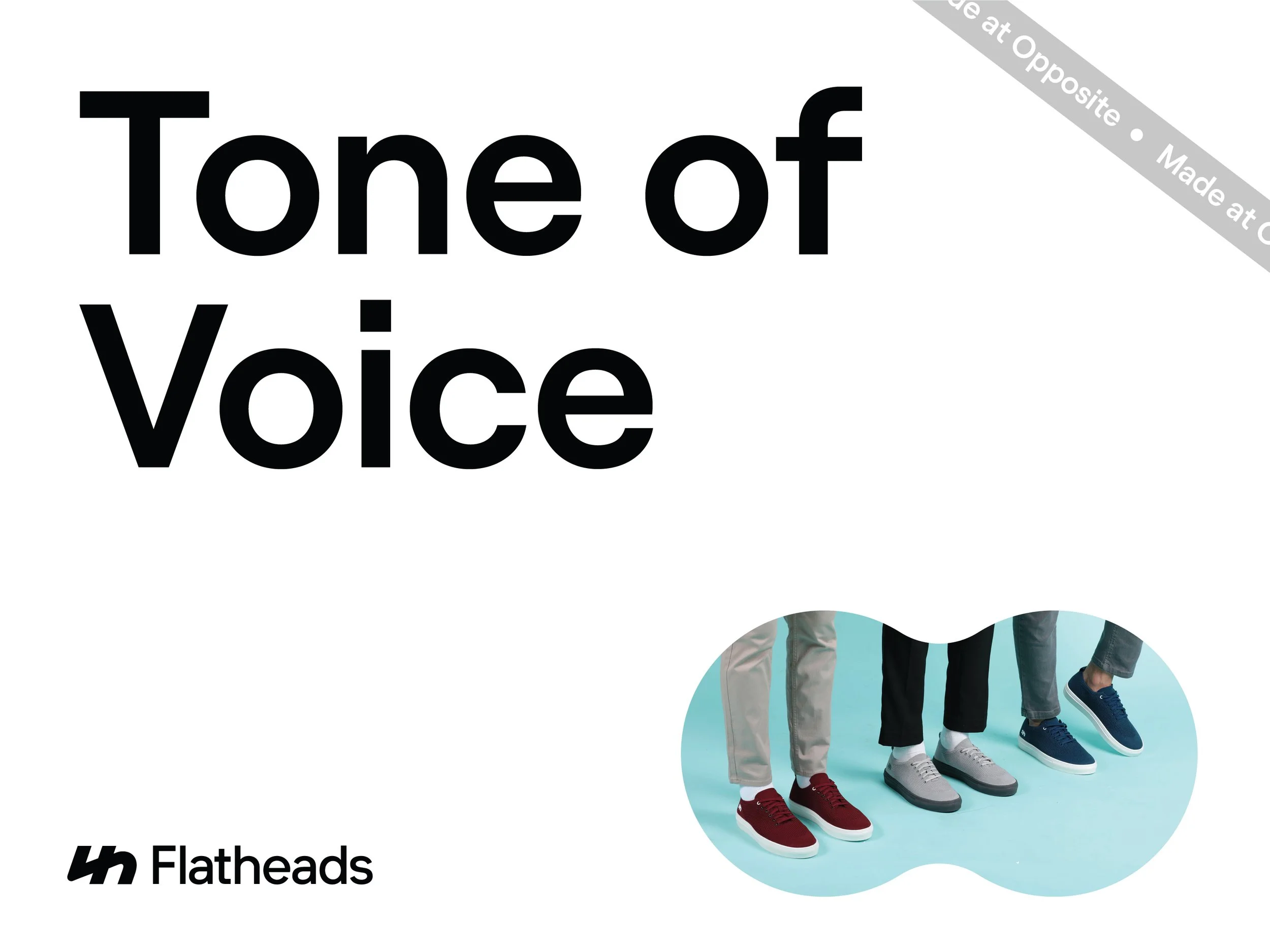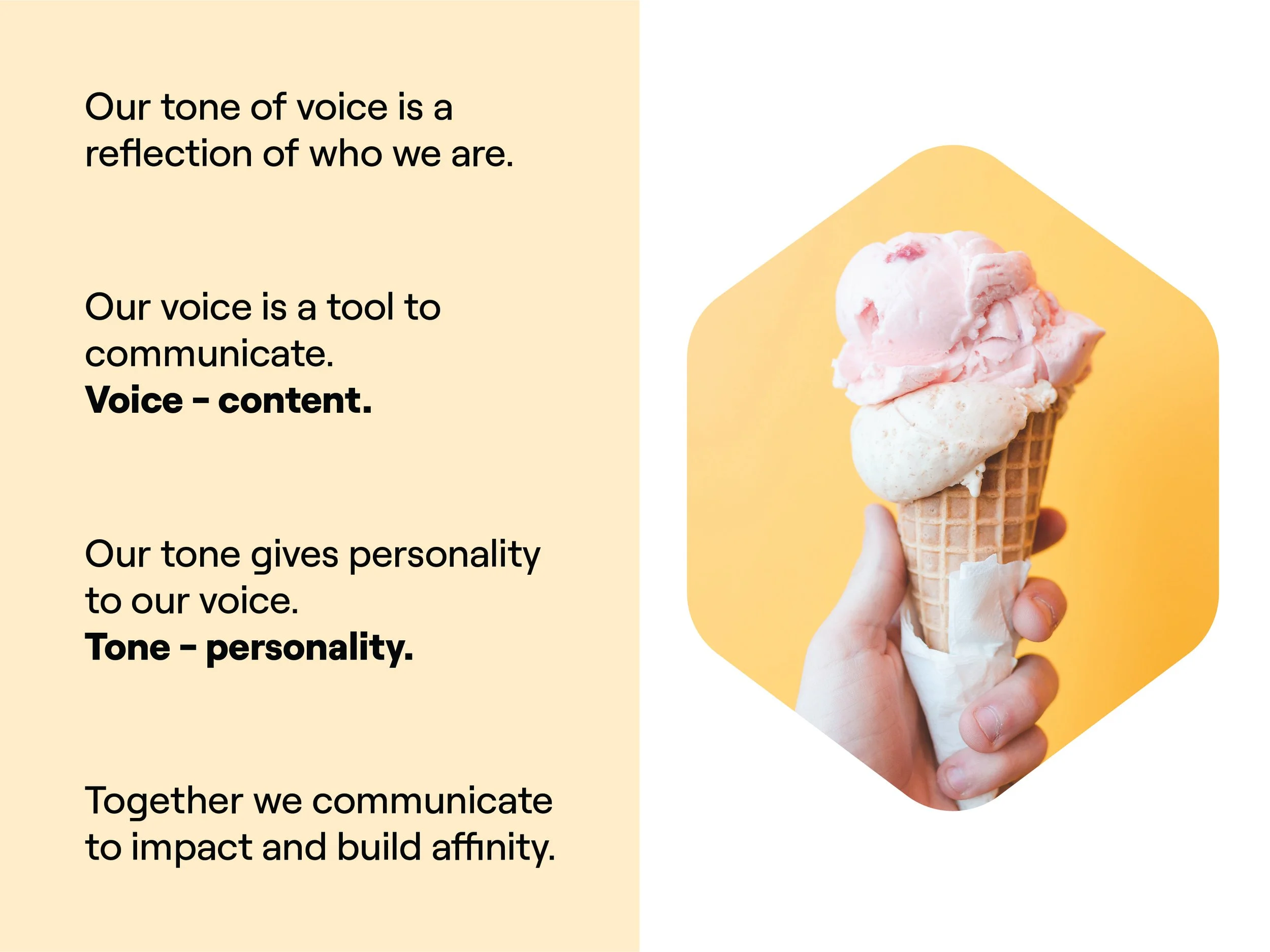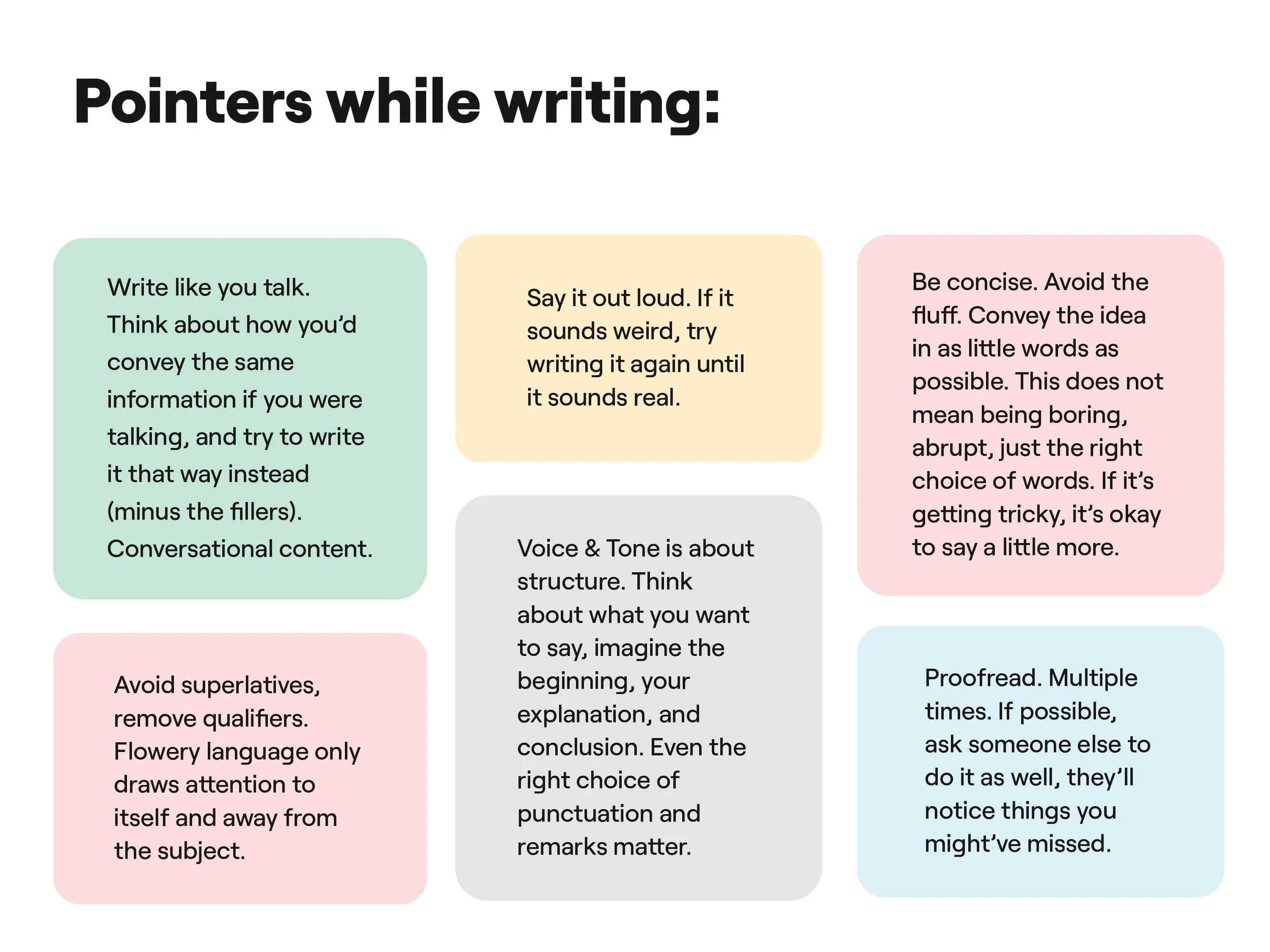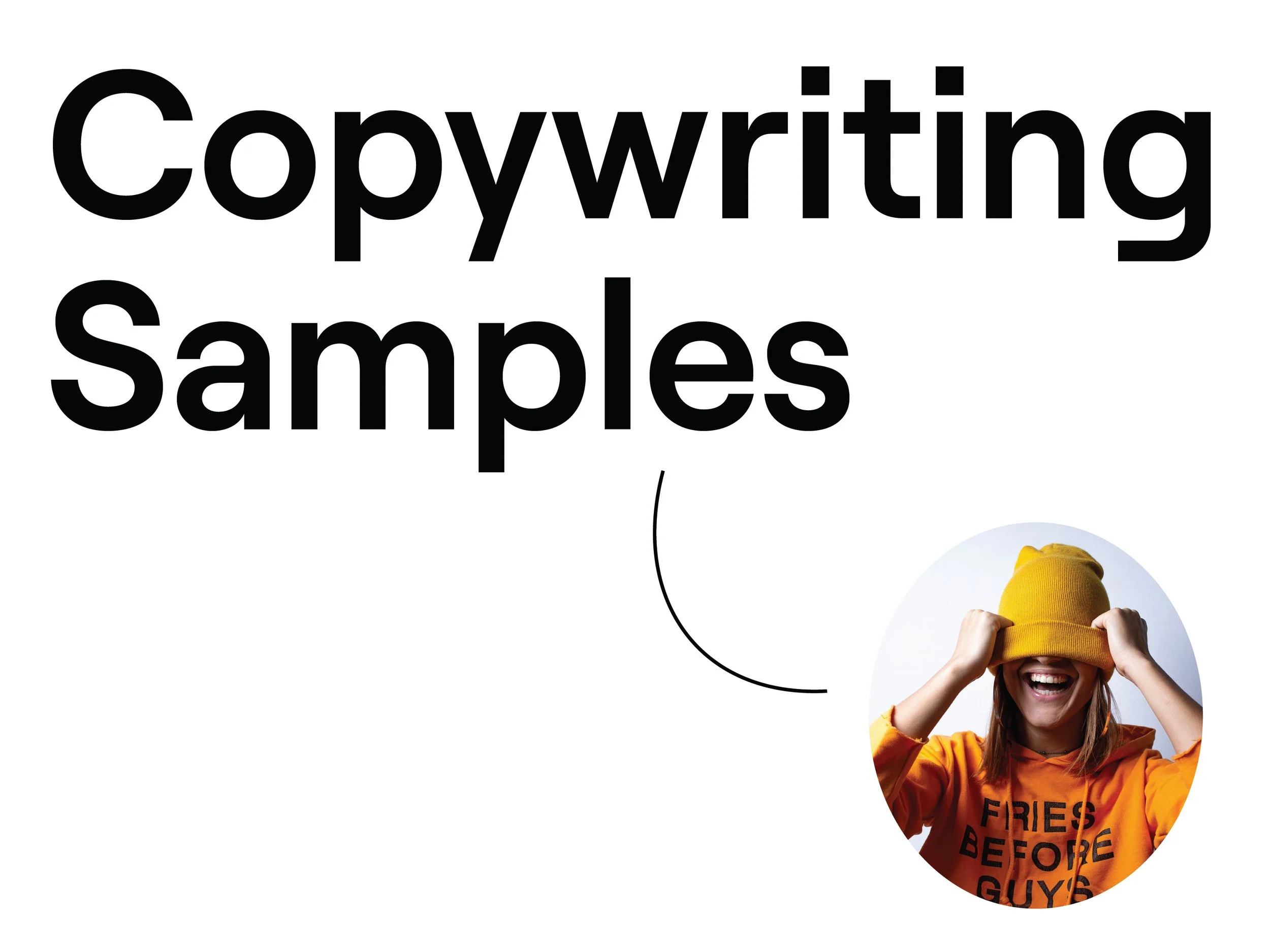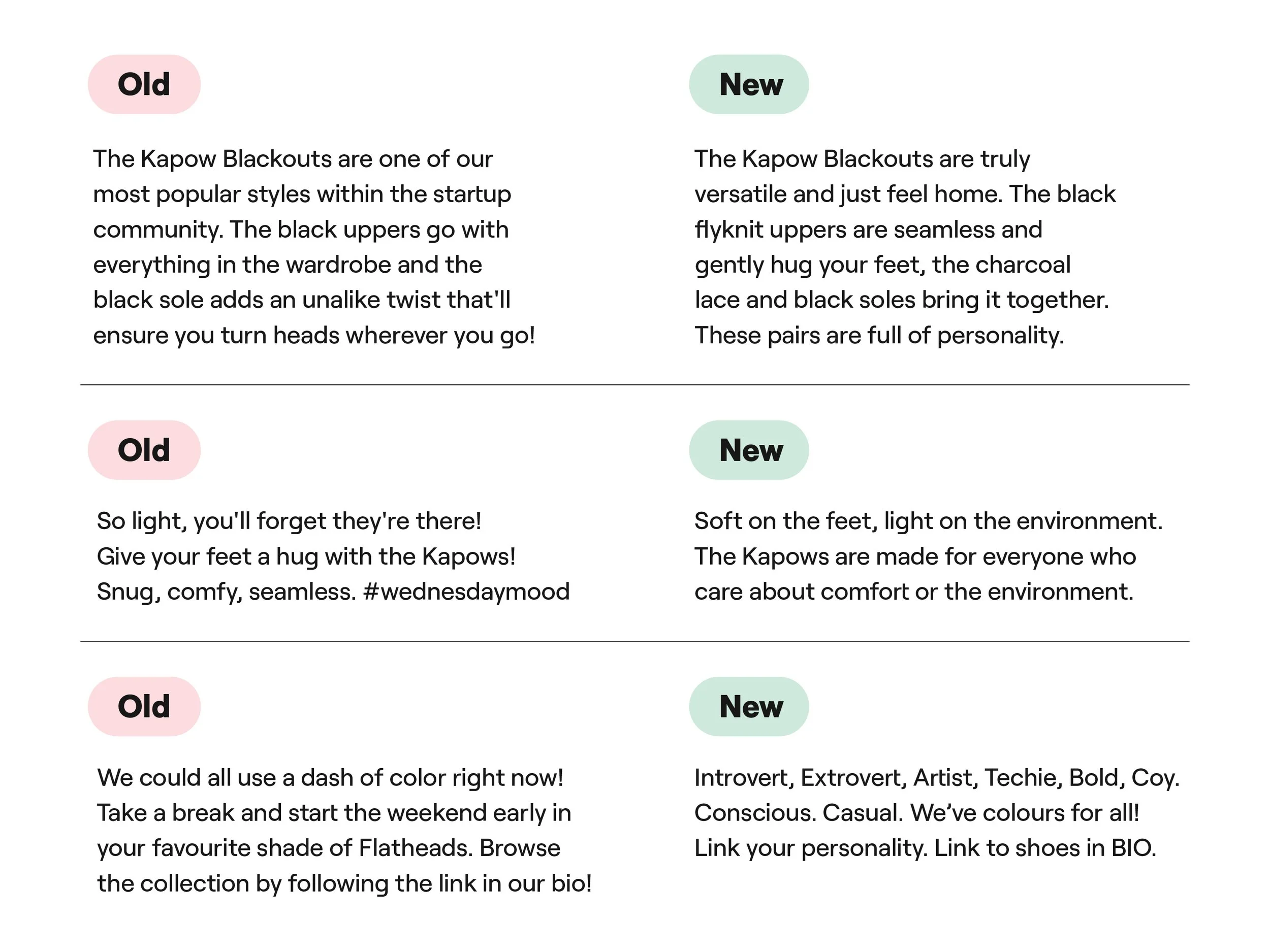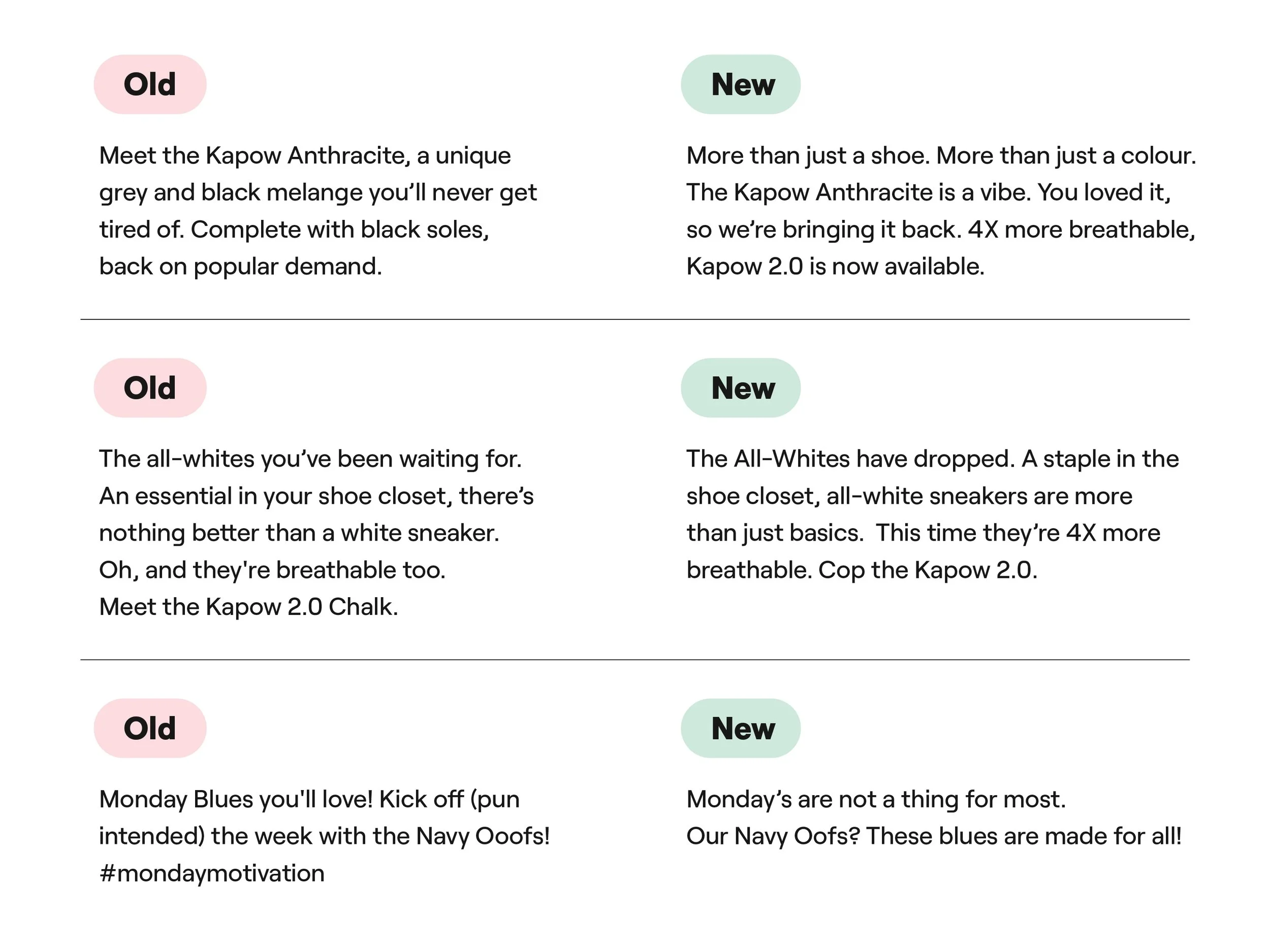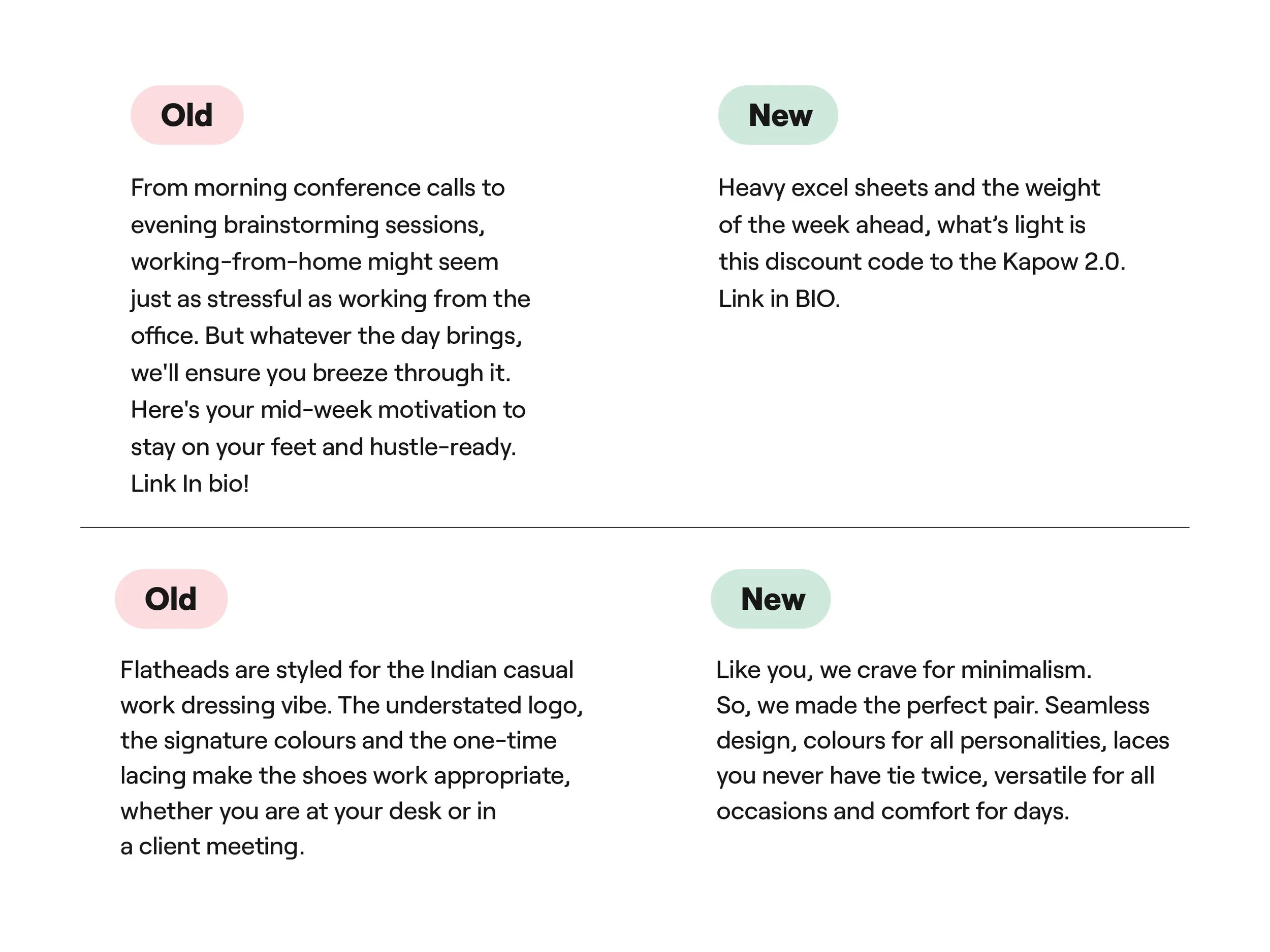Flatheads
Born in 2019, Flatheads is one of India’s newest shoe-makers in the market with a sustainable approach to shoe material and packaging. Casual shoes for all-day wear form the core of their collection. Their idea is to address the Indian millennial’s shift from known sportswear brands to smaller brands that focus on comfort, material, and sustainability.
Flatheads approached Opposite HQ with the need to develop a resounding brand identity and occupy a unique positioning in the market space. Over the course of the 3-month engagement, we defined a suitable brand positioning and created an iconic brand identity.
I was solely in charge of the project. My management efforts were focussed on interactions with the founders, my creative director and designer, making sure deliverables were met and conveyed on time. My creative efforts were strategy focussed - developing the brand positioning, personality, tone of voice, tagline and product naming. You can find below a rundown of the project.
Industry
Direct to Consumers (D2C)
Scope
Visual Identity, Brand Positioning, Tone of Voice, Packaging
Team
Indranil Udupi, Abhisek Sarda, Vidit Agarwal
Brand Tagline
In usual scenarios, a tagline is most often derived from the brand story/purpose. To challenge the status quo of generic brand strategy principles, I decided to reverse engineer this process, which meant finalising an apt tagline for the brand first and then developing a story based on that.
The filters I set for the tagline explorations:
-The tagline had to play on emotions not a function of the brand
-No product related references - for eg: Shoes Simplified, Unparalleled comfort
-A three-word limit - more impactful
The process:
1) I started the process by defining various challenger personalities that exist, and selecting those that felt appropriate for Flatheads. (marked in Green above)
2) Based on these personalities, I began exploring tagline options.
3) As next steps, we selected a few words that hinted at something to do with shoes but not explicitly - using these words we explored more options.
4) As the last step, we articulated few meaningful statements and abstracted them into taglines - finally arriving at options we liked.
The tagline we finalized - “You be You”. Find below screenshots from the entire exploration exercise.
Brand Story
Building a brand story for a niche brand meant keeping it as raw and humane as possible. While trying to take inspiration from other brands in the space, I saw a positioning gap - most brands stories were either explicitly talking about their product or enlightening a greater purpose. For eg: “Comfort that comes naturally”, “Better shoes in a better way”, “Find your Power”, “Just do it”. Therefore, I envisioned a brand story that was simple and relatable, aligned with the products and adhering to the brand tagline.
Find below the Flatheads story:
Through the brand story, I built a purpose for the brand that showcased - “Flatheads is for everyone, no matter what your personality is. These are shoes for your life, not just your feet. They fit your personality, not just your feet. They’re for you, no matter who you are. “You be You”
Brand Personality & Tone of Voice
Prior to deriving the tone of voice for Flatheads, I conducted a market study on how effectively brand custodians were translating these communication guidelines to real world applications like newsletters, website content, and social media. My inference from this research - most tone of voice documents / guidelines were verbose and convoluted, making it difficult for users to translate it to content that fit the brand’s personality. Therefore, in my attempt to make application of these guidelines straightforward and simple, I decided to use copy/content examples as the prime focus of the tone of voice document.
In consultation with the founders, I first defined personality archetypes that aligned with Flatheads. I followed this by defining characteristics and traits of the brand. The end product was an easy to understand and apply, Tone of Voice document. I then translated the guidelines to a “Copywriting Samples” deck that contained various examples of content writing - Old Content vs New Content. Find below both these documents:
Social Media Content
To help the social media and content team build on the guidelines we had set in terms of story, personality, and tone of voice, I decided to curate the first set of social media creatives that the team could immediately use as part of digital marketing efforts. Find below a set of creatives I wrote content for:
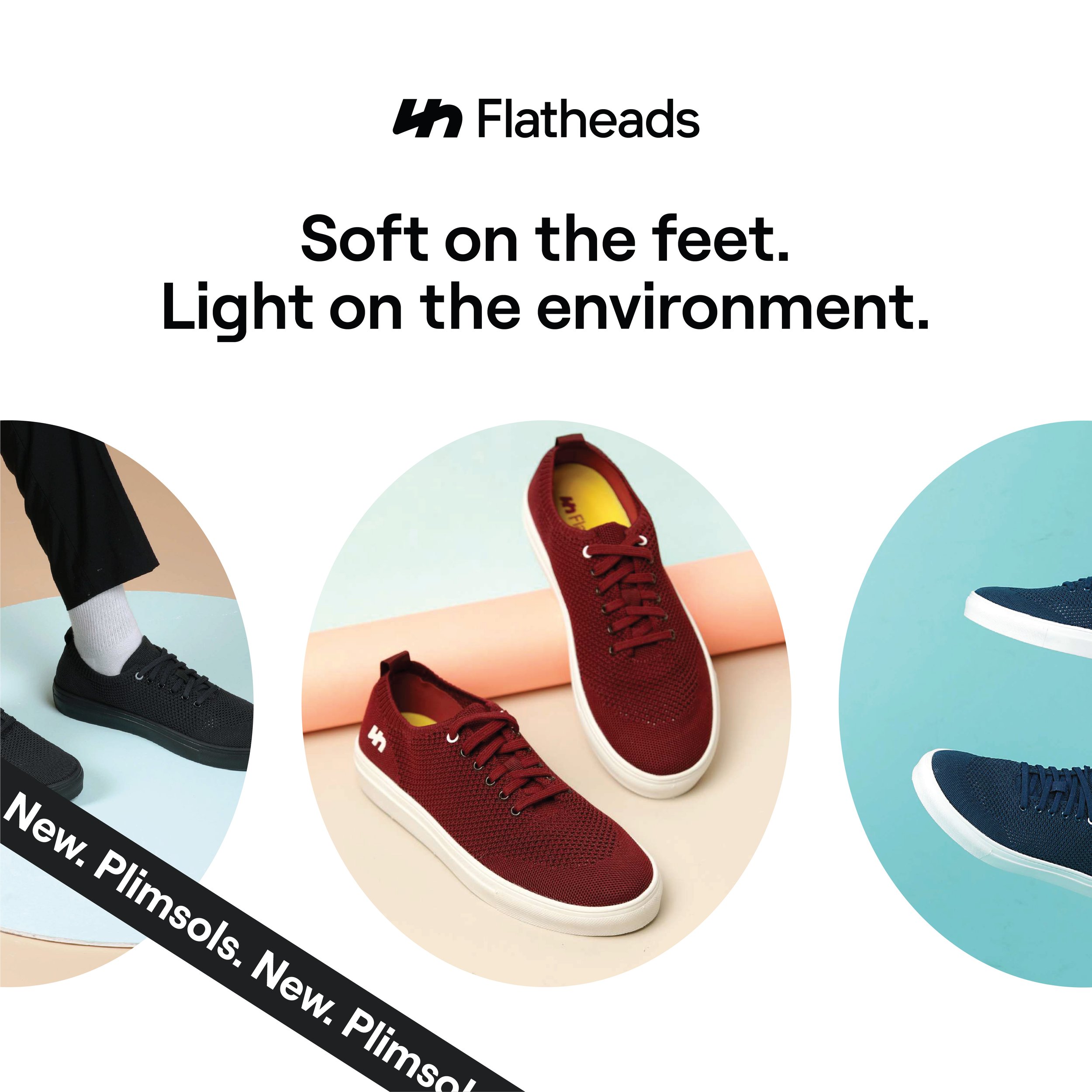

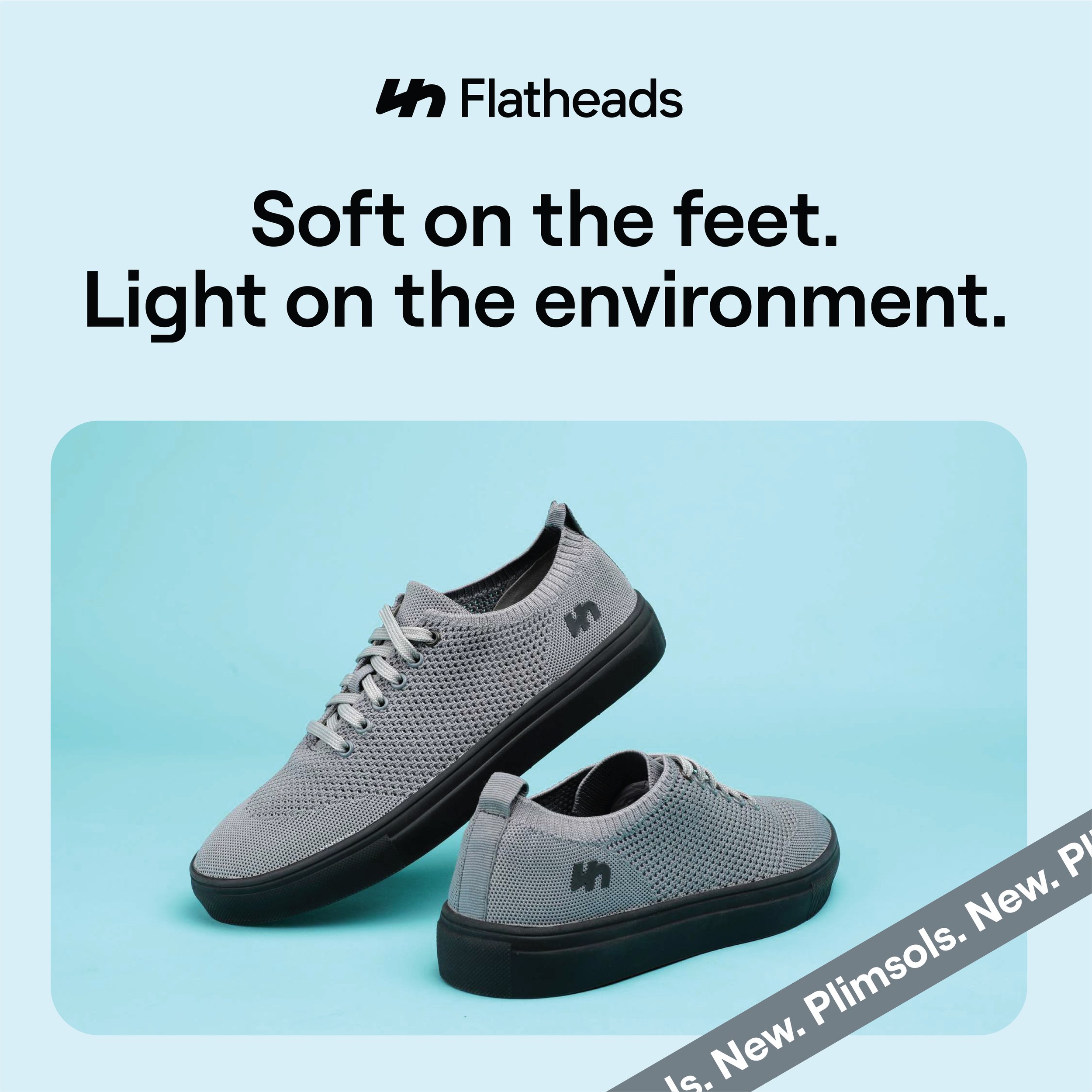
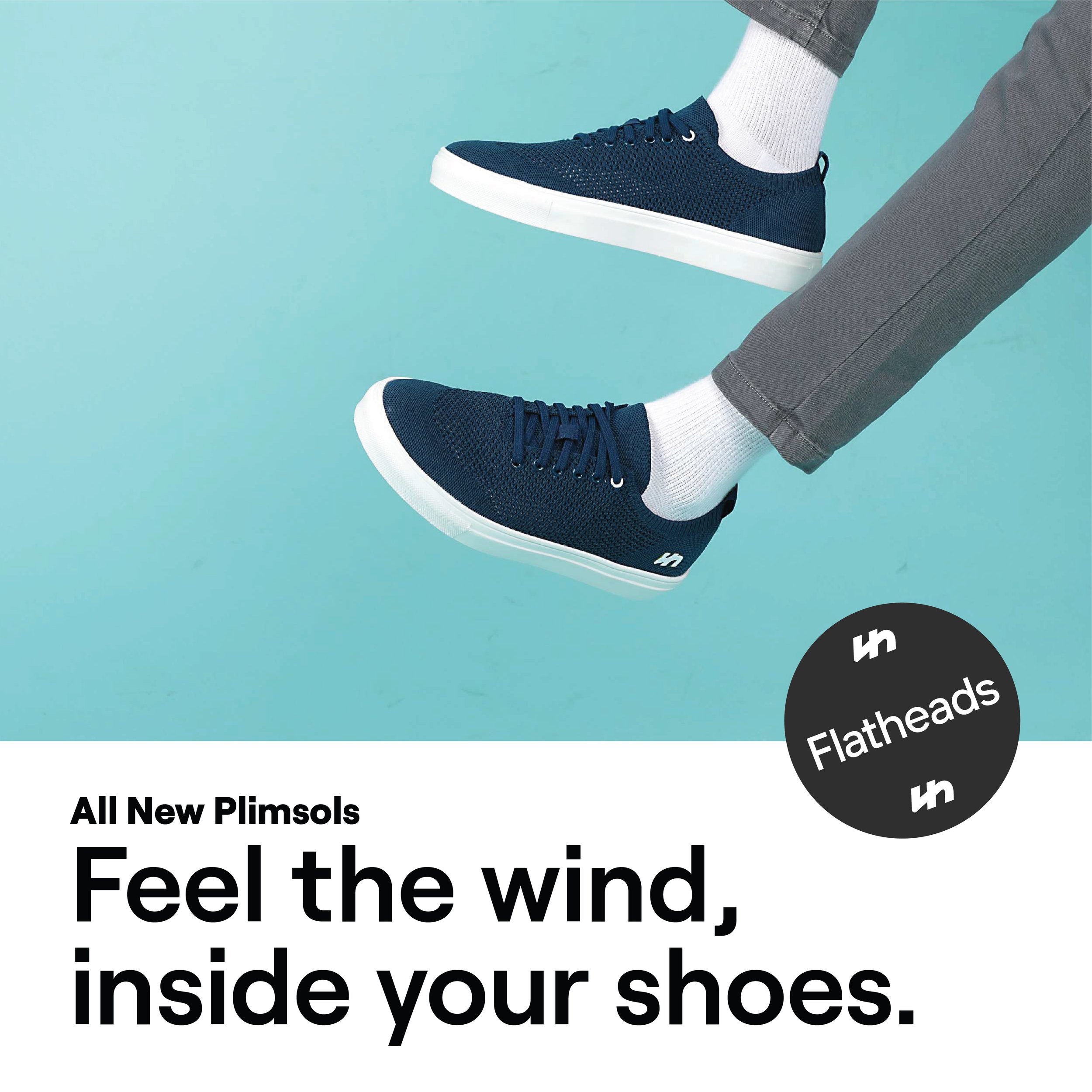








Learnings
My major learning from this project was understanding the fact that there is no single, set-in-stone approach to brand strategy. Building strategy is dynamic in nature, ever-changing, and ever-adapting. Therefore trying out new approaches and beating the status-quo while keeping the brand's purpose in sight is key to disruptive strategy. By breaking the conventional approach, whether it was building the brand story from a tagline or re-inventing the tone of voice document, I was able to achieve an outcome that was unique to the brand.












